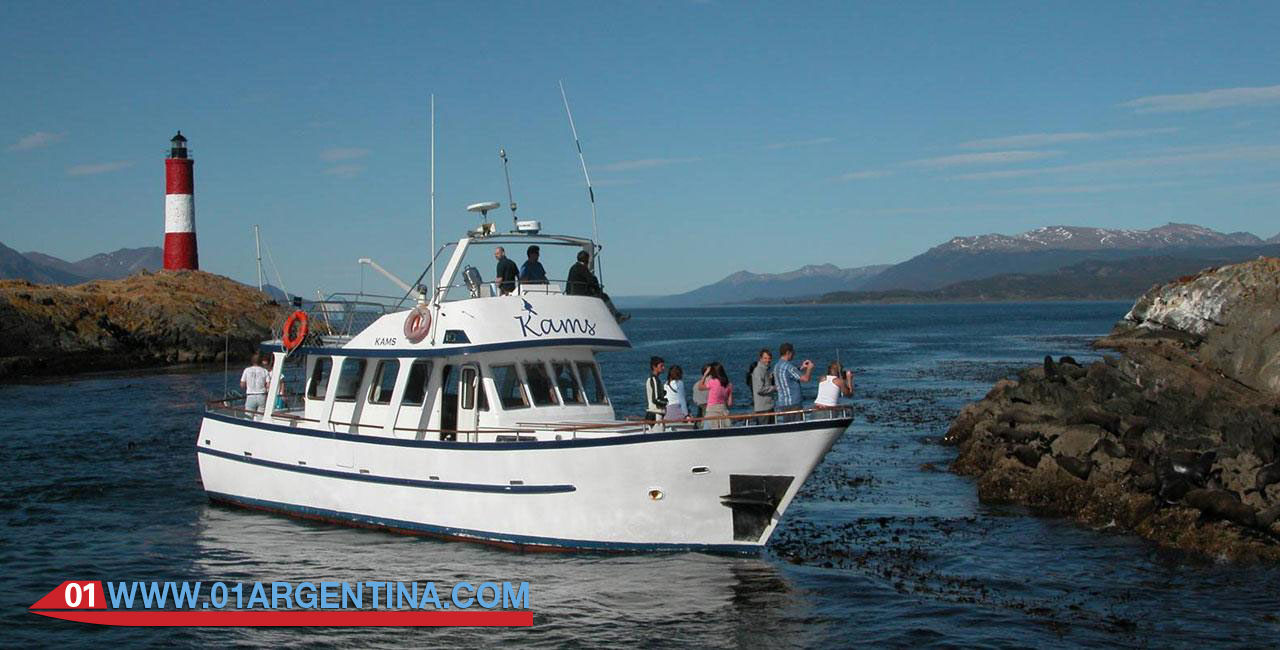
Charles Robert Darwin was born on February 12, 1809 in England. In 1831, at 22 years old, Charles Robert Darwin graduated in theology at Cambridge. Months later, he was invited to board the brig HMS Beagle under Captain Robert FitzRoy, to serve as naturalist.
The December 27, 1831, the Beagle set sail from Plymouth for a scientific expedition around the world, which lasted five years, and returned to England on October 2, 1836.
During the first four years of voyage on the Beagle channel, Darwin traveled many places of the coast of Brazil, Uruguay, Argentina, Chile and Peru. Between 1832 and 1834 he visited the Argentine territory, crossing to extensive foot paths.
He recorded in detail their experiences and observations about the geology and biology of the places visited. In 1839 he published his accounts of the expedition in a naturalistic trip around the world or The Voyage of the Beagle.
It concerned by the customs of the natives and natives outlined the social and political situation of the time. He left an interesting account of his interview with General Juan Manuel de Rosas, when, during the campaign the “wilderness” and his troops camped on the banks of the Colorado River.
The voyage of the Beagle
The voyage of the Beagle is the most common title refers to the second expedition of the HMS Beagle, which sailed from Plymouth on December 27, 1831 under the command of capitánRobert Fitz Roy. Although it was estimated that the boat would return in two years, the HMS Beagle returned not to touch the coast of England to the October 2, 1836, almost five years later. Darwin spent most of that time exploring the mainland, a total of three years and three months. The remaining 18 months were spent at sea. The book, which has also been known as Research Journal, brings its exciting travel memoir as well as annotations of scientific nature related to biology and anthropology lageología proving the extraordinary powers of observation of the author. Although the path of the HMS Beagle happened sometimes in the same places, Darwin scientific references ordered by places, rather than chronologically. This journal represents the first entries that suggest ideas that later would lead him to write his theory of evolution by the [[natural selection
1890 Publication of chronic FitzRoy and Darwin’s book
Captain FitzRoy gave Darwin contribute to the drafting of a natural history section in the logbook the captain wrote. Darwin agreed, and used as documentation your field notes and the newspaper he had been sending side to the home so they would know it. The section will chronicle FitzRoy was completed in September 1837. FitzRoy, who as captain was to record the daily activities on board, had also written material from previous trips, as well as reports from previous expeditions two other vessels to which he captained and, finally, the logbook of the former captain of the HMS Beagle. All this material was published in May 1838, under the title Chronicle inspection trips of ships of His Majesty ‘Adventure’ and ‘Beagle’ meeting in four volumes. The first volume recounted the first trip made by Commander Phillip Parker King, the second meets annotations FitzRoy during the second trip, the third contains the Journal and Remarks, 1832-1835 Darwin and the fourth is a long appendix. FitzRoy chronicle also includes comments on the Flood, reflecting his early interest in the geological theories of Charles Lyell and opinions on the characteristics of sediments considered “never could have suffered a flood forty days.” These observations by Darwin during the voyage rejected the scientific thinking of the time, defending a literal reading of the Biblia.1FitzRoy had married around his journey, and his wife was a very religious person.
Tourism in the Beagle Channel
The Beagle Channel
Navigation through the Beagle Channel is from the tourist port of Ushuaia. There you. You can choose different ships.
The coast of the Bay borders first, with a beautiful view of the most important buildings, Maritime Museum (old prison), Museum of the End of the World, industrial area, etc. In the background, like a majestic framework, Montes Olivia, Five Brothers, steep, and the rushing stream. On the other side, the deep blue sea.
By leaving the coast of the city, the boat heads towards the center of the Beagle Channel, towards the southwest. Alicia first skirts the island, home to a large colony of sea lions and then get to the Les Eclaireurs lighthouse, located on an island in the archipelago of the same name. This old lighthouse, built in 1919, one of the iconic images of Ushuaia, marks the furthest point to the tour arrives. From here begins the way back, by a slightly different route from that of the first leg.
The walk continues towards the island of wolves, to round for more than twenty minutes, which allows the observation of games and customs of these marine mammals. The silence of the environment serves to underline the feeling of being on the same side of the Earth.
Then another stretch of navigation allows to reach the Island of Birds, where the Magellanic cormorants and the majestic Imperial cormorants are combined with the repeated presence of albatrosses, giant petrels and Fullman, the squas and 20 other species of birds marinas.
Finally, it landed in one of the Bridges Islands. There a walk along a path of interpretation of flora and avifauna is done. There is also a talk about the history of this island and the Yamana Indians, because here are the largest Yamana concheros the region.
The return to Ushuaia, three hours after the game, will be the occasion to share a tea or coffee liqueur typical Argentinean mate, sailing through Paso Chico, with the bottom of the imposing Montes Martial.








